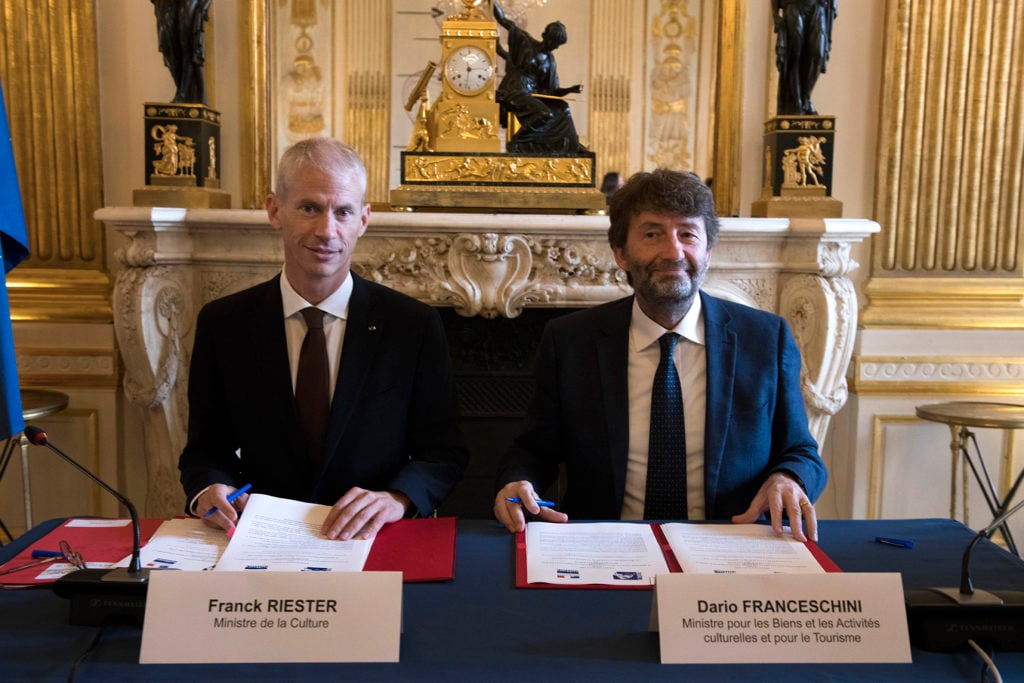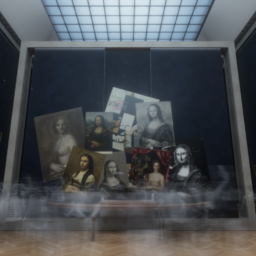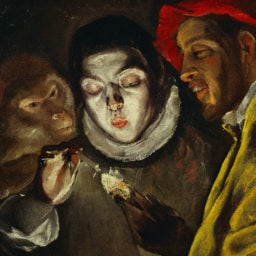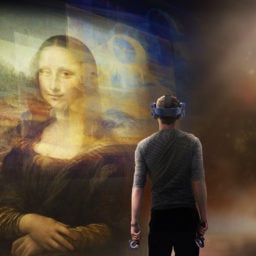France and Italy have struck an eleventh-hour deal so that major works will feature in the Louvre’s blockbuster Leonardo da Vinci exhibition next month. After much diplomatic back-and-forth, and with just four weeks to go before the show is due to open, the French culture minister met with his Italian counterpart in Paris yesterday, September 24, where they signed a new agreement.
The deal, which is being hailed as a shining example of European cultural cooperation, means that masterpiece works by Leonardo will travel from Italy to mark the 500th anniversary of the Renaissance artist’s death. In return, France will lend works by Raphael to Rome next year for an exhibition also marking 500 years since Raphael’s death. The cultural accord means a stumbling block created by nationalist Italian politicians a year ago has been removed.
The French culture minister Franck Riester negotiated with the newly-reinstated Italian culture minister, Dario Franceschini, to secure key works for the Louvre’s retrospective. The most important of which is Leonardo’s famous drawing Vitruvian Man, which is normally only shown for a few weeks at a time in Venice every six years.
In a statement, Franceschini celebrated the “extraordinary occasion” of the two major exhibitions of Italian artists. “Today, more than ever it is essential that culture is at the heart of European policies, both because it is a vehicle for building common citizenship, and because it is a great opportunity for economic growth,” he said.
“The works of Leonardo da Vinci and Raphael belong to all humanity,” Riester said in a statement, stressing that “it is the duty of France and Italy to circulate them when technical conditions allow for it.”
Aside from the Vitruvian Man, which is being loaned by Venice’s Gallerie dell’Accademia for an as yet undetermined time period, Franceschini agreed to send works from the Uffizi Galleries in Florence. These include the earliest existing drawing signed and dated by Leonardo; the oldest version of the Battle of Anghiari; a drawing of the Arno river; a formerly “lost” fresco, and a particularly accomplished version of Leda. Further works include a study for the Adoration of the Magi, and two studies of drapery. However, the Uffizi’s cherished Leonardo paintings the Adoration of the Magi, and the Annunciation, will not be heading to the Louvre as the works are deemed too fragile to travel.
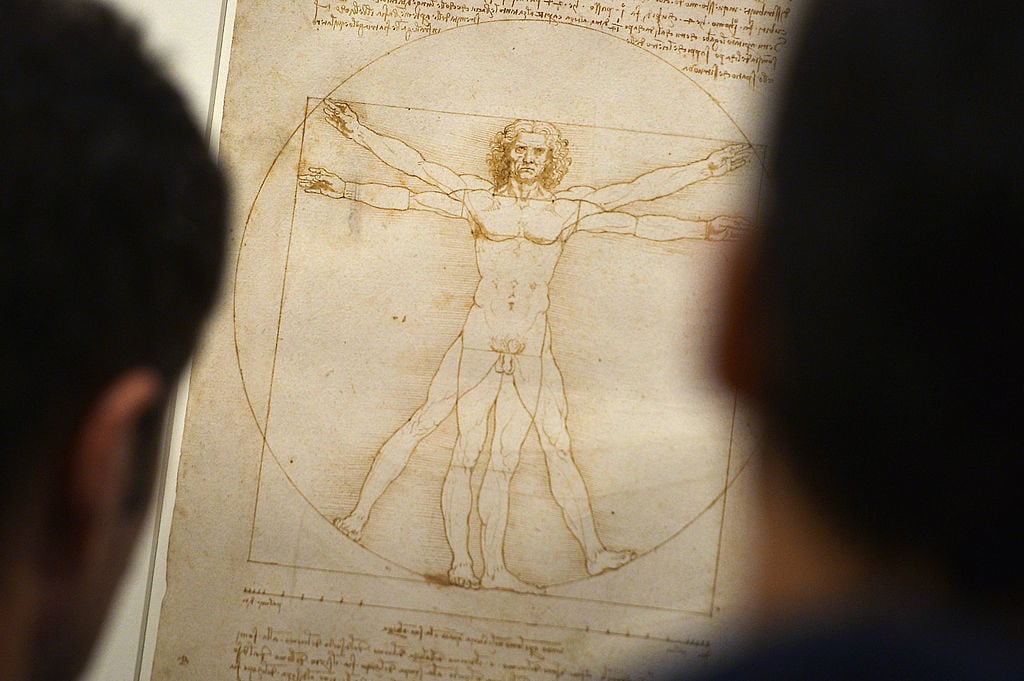
Leonardo da Vinci’s Vitruvian Man Photo by Gabriel Bouys/AFP/Getty Images.
The last minute loans from Florence will join works already agreed by institutions in other Italian cities, including Venice, Rome, and Turin. The city of Parma will send Leonardo’s painting Scaglipiata (Head of a Woman) (around 1508) from its Galeria Nazionale. From the Vatican collections, Portrait of a Musician will travel from Milan’s Biblioteca Ambrosiana, and the Vatican Museums will send the painting St. Jerome.
In return, the Louvre will send Raphael’s portrait of Baldassare Castiglione, the artist’s self-portrait with a friend, and three drawings, with an additional pair of drawings by Raphael’s assistant Gianfrancesco Penni, to the planned Raphael show at Rome’s Scuderie del Quirinale in 2020.
The Louvre’s highly anticipated Leonardo exhibition is due to open on October 24, and will run until February next year. The Louvre already owns the largest collection of Leonardo paintings—five, including the Mona Lisa—because France’s national collections inherited them after the Italian master died in the French town of Amboise. With the important loans from Italy secured, the exhibition is set to be a historic occasion.
The new agreement will be a relief for the Louvre. Its director will be grateful to the new Italian coalition government, formed after Matteo Salvini’s far-right party, the League, failed to force a general election this summer. The loans were originally agreed by Franceschini in 2017 under the then centrist government, but Salvini’s government had questioned the previously agreed loans to France. Italian nationalists argued that the Louvre was monopolizing the 500th anniversary of the Italian artist’s death, a stance Italy’s former culture minister appeared to support.
“Leonardo da Vinci” will be on view at the Louvre Museum, 99 Rue di Rivoli, Paris, France, October 24, 2019–February 24, 2020.
Follow Artnet News on Facebook:
Want to stay ahead of the art world? Subscribe to our newsletter to get the breaking news, eye-opening interviews, and incisive critical takes that drive the conversation forward.
